Japan arms its way out of crisis
Updated: 2013-07-15 07:13
By Xu Changwen (China Daily)
|
||||||||
Since assuming office in December, Japanese Prime Minister Shinzo Abe has been trying desperately to pull the country's economy out of its long-drawn deflation to consolidate his Liberal Democratic Party's position in parliament. Inspired by the United States' quantitative easing (QE) policy, Abe has introduced an economic policy consisting of "three arrows" - an aggressive monetary policy, massive fiscal stimulus and structural reforms - which economists have labeled "Abenomics".
But even after firing the first "two arrows", Abe has been achieved little.
As rumors of the US ending QE3 began in May, it triggered turbulence in the global financial market and Japan's stock market began slumped. On June 13, it plunged 6.35 percent, the biggest fall since the devastating 2011 earthquake and tsunami, with Nikkei 225 closing at 12,445.38 points. And even after Abe fired the "third arrow" of structural reforms on June 14, the stock market has not recovered.
Instead of bringing tangible benefits to Japan, Abenomics has pushed it deeper into debt. According to latest statistics, the Japanese government's debt is projected to increase from 991 trillion yen ($9.9 trillion) at the end of 2012 to more than 1,000 trillion yen at the end of this year. That indeed is a huge amount of debt.
Japan's aging and dwindling population, sluggish economy, and declining private savings and salaries are also pulling back the economy. Worse, Japan's energy imports have increased substantially since the 2011 earthquake, because it was forced to shut down many nuclear power plants after the quake and tsunami damaged the Fukushima Daiichi nuclear plant that triggered a deadly leak.
Moreover, the devaluation of the yen has led to trade deficits for 10 months in a row for Japan, and the country could find itself mired in dual deficits - current account deficit and trade deficit - in the near future.
Although Abe claimed at the recent G20 meeting that he would reduce Japan's fiscal deficit by half by 2015 and achieve surplus by 2020, he will find it difficult to do so if he raises the consumption tax. Therefore, it seems Japan is headed for a fiscal cliff.
At previous G7 and G20 meetings, some countries had criticized Japan's quantitative easing approach but stopped short of blaming it for partly creating the current global economic problems because the US was implementing QE3 then. But now that the US is tapering out QE3, Abenomics will come under more attack.
The aggregate increase in Japan's stock market - 40 percent in the first four months of this year - has generated generous profits that can be injected back in due time to stabilize the yen and the stock market in order to narrow the gap with the US in terms of interest and inflation rates. As a result, Japan can prevent the yen from appreciating further by the time the US ends QE3 and thus ensure continued export growth.
At the same time, Japan expects to explore new ways of boosting economic growth, for instance, by focusing on the military industry.
Japan's economic growth depended a lot on its once booming foreign trade, when it launched major commodities to boost its exports. For example, from the 1950s to the 1970s, Japan's major exports were textiles, clothing, toys, iron and steel; in the 1980s and 1990s, they were automobiles, TV sets, radios, refrigerators and electronics. This turned a host of Japanese companies and brands, such as Toyota, Sony and Panasonic, into global players.
But as it entered the 21st century, Japan's economy started floundering in the face of competition from the European Union and South Korea. Consequently, many Japanese companies have suffered consecutive losses and accumulated huge debts. Sony has sold many of its office buildings at home and abroad. The Japanese media reports that some foreign companies have been in negotiations with Sanyo and Sharp for mergers and acquisitions.
Complicating the situation is the re-emergence of Japanese right-wing forces in recent years. They are trying to rewrite Japan's aggressive wartime history and have provoked territorial disputes with neighboring countries vitiating the regional environment. And they even want to revive Japan's pre-war military industry.
The right-wing forces believe that by increasing Japan's arms production they will not only boost the country's military capabilities to act as deterrence against neighboring countries, but also bolster exports to expedite economic growth. Recently, Japan has vowed to extend military support to countries that have high territorial ambitions by offering them official development aid or low-interest loans to help them purchase Japanese weapons. This shows that Japan conspires to provoke an armed conflict in the region to boost its arms exports.
The author is a researcher at the Chinese Academy of International Trade and Economic Cooperation, affiliated to the Ministry of Commerce.
(China Daily 07/15/2013 page9)

 Protests erupt after verdict
Protests erupt after verdict
 Color Run in London promotes healthy living
Color Run in London promotes healthy living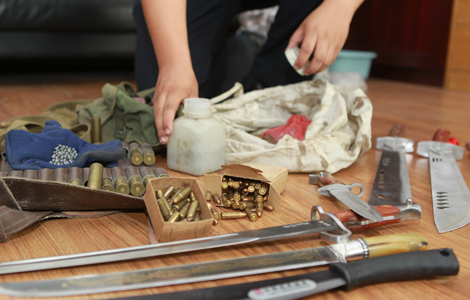
 Urumqi residents hand in weapons
Urumqi residents hand in weapons
 Pool jammed in summer heat
Pool jammed in summer heat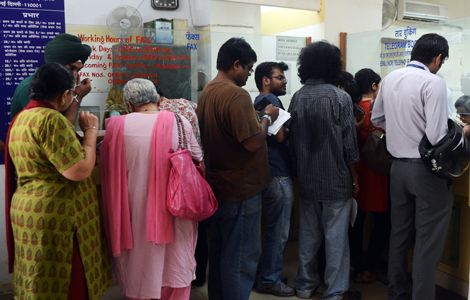
 Last stop for the telegrams of India
Last stop for the telegrams of India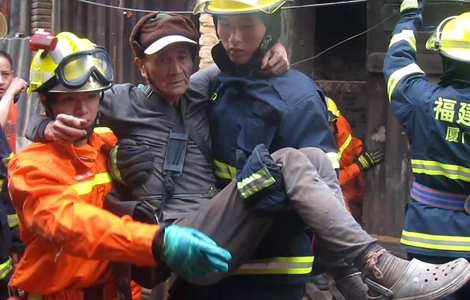
 Heavy rain, strong winds as Soulik heads inland
Heavy rain, strong winds as Soulik heads inland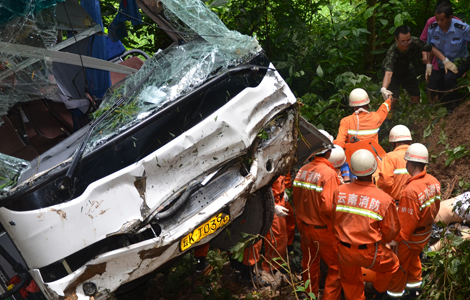
 8 dead, 19 injured after bus leaves road in Jinghong
8 dead, 19 injured after bus leaves road in Jinghong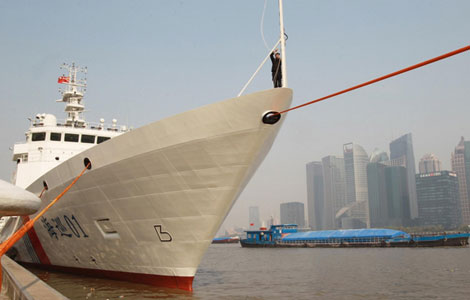
 China's largest salvage vessel visits Indonesia
China's largest salvage vessel visits Indonesia
Most Viewed
Editor's Picks
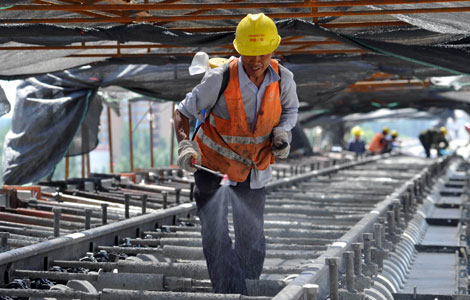
|

|

|

|

|

|
Today's Top News
Local governments face financing woes
Zimmerman not guilty
More foreign firms in IPR cases
Urumqi residents hand in weapons
Largest vessel visits Indonesia
HK to lift controls on baby formula
Typhoon Soulik kills 3 in S China
Shanghai to halt 'subway theater'
US Weekly

|

|






